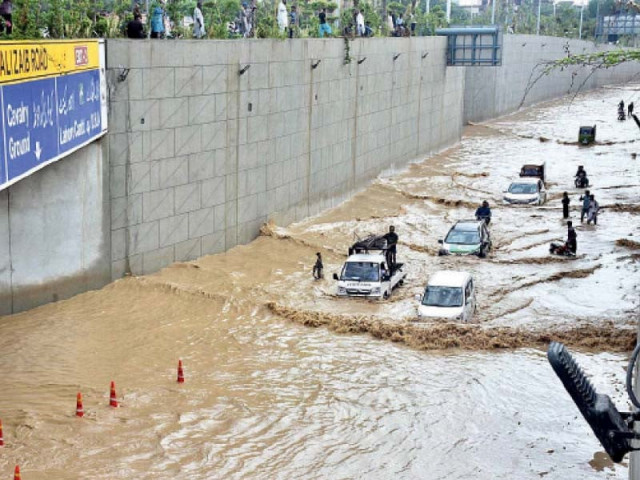According to official figures, more than 120 people have died in Punjab over the last six weeks, since torrential rains and sudden floods extended through rural and urban settlements.
The Provincial Disaster Authority (PDMA) said that the ongoing monsoon spell is expected to continue intermittently until August 27, which provides risks of river floods, urban floods and flooding in low areas.
Nationally, more than 700 people have lost their lives and almost 1,000 others have been injured in rain -related incidents since the beginning of the season, including women and children.
Only in Punjab, 54 deaths were reported in the first half of July, and the toll increased constantly in recent days.
Read: Sutlej River on flood alert as water levels increase
Floods have caused serious damage to housing infrastructure. At least 123 houses have been destroyed in Punjab, while more dozen have been partially damaged. More than 2,000 families have been displaced and are protected in temporary camps and emergency facilities.
Hundreds of permanent crops have also been dragged, which inflicted significant losses to farmers.
The PDMA reported high flood levels on the Sutlej River in Ganda Singh Wala and a medium flood on Sulemanki’s head. The Chenab river is also swelling quickly, threatening the low districts, including Gujrat, Sialkot and Nareowal.
Meanwhile, the Indo River in Tarbela remains at low flood levels, although the authorities warned that water releases may be required if the rain continues, since the deposit is already at full capacity.
On the other side of the border, the Bhakra, Pong and Thein dams of India approach the maximum storage capacity. The high commission of India also warned of high levels of flooding in the Tawi River, which the precaution of experts could directly affect the Chenab River and the adjacent districts of Punjab.
The Punjab Help Commissioner and the Director General of PDMA have ordered all relevant departments that remain on the maximum alert.
Agencies have been mobilized, including WASA, Rescue 1122, District Administrations, Local Government, Agriculture, Irrigation, Health, Livestock and Transport Departments.
Machinery and staff are deployed in vulnerable areas for water drainage, while flood relief camps continue to provide refuge and essential supplies to displaced families.




